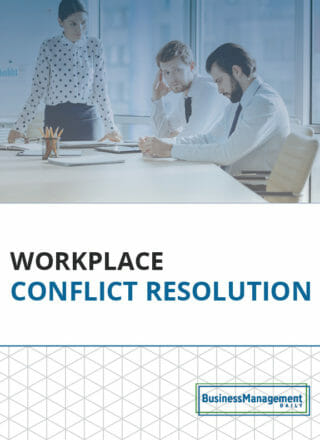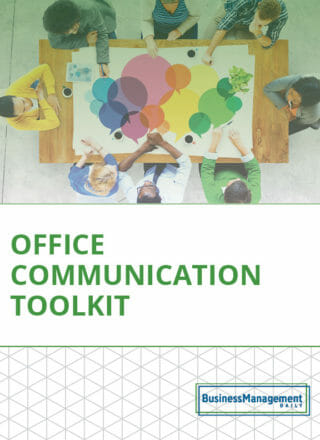Friendly rivalries: Keeping workplace competition healthy and productive
A bit of friendly workplace competition can energize an office and boost performance levels. But when office rivalries start mimicking the intensity of a heavyweight prizefight, managers need to take action before their business suffers casualties.
“The word ‘competition’ can be construed in a variety of ways—and it’s really how it’s interpreted that determines whether ‘competition’ is constructive or detrimental at work,” says Katherine Shao, executive creative director at Oxygen. “Ultimately, competition in the workplace can be incredibly motivating and great for productivity—as long as people can grow and develop without fear, and work within established boundaries that give individuals the responsibility to uphold a collective set of values.”
Here’s a look at competition from both angles and how managers can help ensure fair play.
The positive side
Companies benefit when employees want to put forth maximum effort. Adding a competitive element—be it bragging rights or a physical reward—can inspire go-getters to push themselves further, make a boring task take on new significance or spark greater creativity during a brainstorming session.
“In healthy competitive cultures, people are driven to perform more than just the minimum amount. As long as the competition doesn’t get out of hand (i.e., people remain friendly and professional and don’t adopt a win-at-all-costs mentality), competition encourages high performance,” says Shane Metcalf, chief culture officer at 15Five.
He also notes that on teams with well-defined performance metrics, competition can have a major positive impact on growth.
“The obvious example is with sales teams, where leaderboards and pay-based incentives drive success. Some people do thrive in highly competitive environments and are driven to outperform others,” Metcalf says.
The negative side
So when does competition become detrimental?
“In our view (at Oxygen), it’s when fear, power, and manipulation underlie the setup,” Shao says. “When people are fearful that they might lose their jobs (such as with performance rating systems that eliminate the lowest performers in a group); get ‘voted off the island’ in a way that impacts them personally or professionally; or if they are pitted against each other as pawns in a power play—these are all techniques that some leaders use and justify as ‘necessary’ for business survival. We believe these types of tactics, while they might have some kind of short-term impact on business performance, ultimately undermine the culture of an organization.”
Workplace competition with fear at the root sets the stage for actions counter to the very productivity leaders set out to spur. Insecure employees scurrying to protect their reputation or even their job may resort to sabotage, lying, and other destructive behaviors. Creation of such a toxic atmosphere damages both output and morale—not to mention the potential PR and legal consequences if employees are dishonest with customers in the name of getting ahead—and managers must step in.
“Be clear about what kinds of behaviors will not be tolerated. Back-channel gossip, bullying, threatening others and collusion to undermine a teammate are examples of things that have to be addressed—as a general topic in a team setting, and then very specifically in one-on-one feedback to your individual team members,” Shao says.
Developing a balance
Plenty of strategies exist for leaders looking to benefit from workplace competition without turning the office into The Hunger Games. A few to consider:
Create team goals and rewards for achieving them. People will still experience the thrill of competition and the glory of a prize (even if it’s just pizza for all on Friday), but such a set-up promotes working together and recognizing how individual strengths contribute to the greater good.
Encourage each employee to essentially “compete against himself” by developing challenging, yet doable, individual goals. A personalized plan has the added benefit of demonstrating that management respects the worker’s ambitions and wants to detail a clear path to career success. Colleagues may feel less of a need to compete against each other when a plan exists to get them where they want to be.
Provide time for staff members to get to know one another beyond workplace roles. Connecting in this manner leads to trust and empathy, which discourages adversarial relationships and unchecked competitive behavior.
And as with so many office issues, strive to be a role model. Your professionalism sets the tone for how competition plays out at your workplace, win or lose.
“As long as the competition doesn’t get out of hand, competition encourages high performance.”
Shane Metcalf,
Chief culture officer at 15Five




